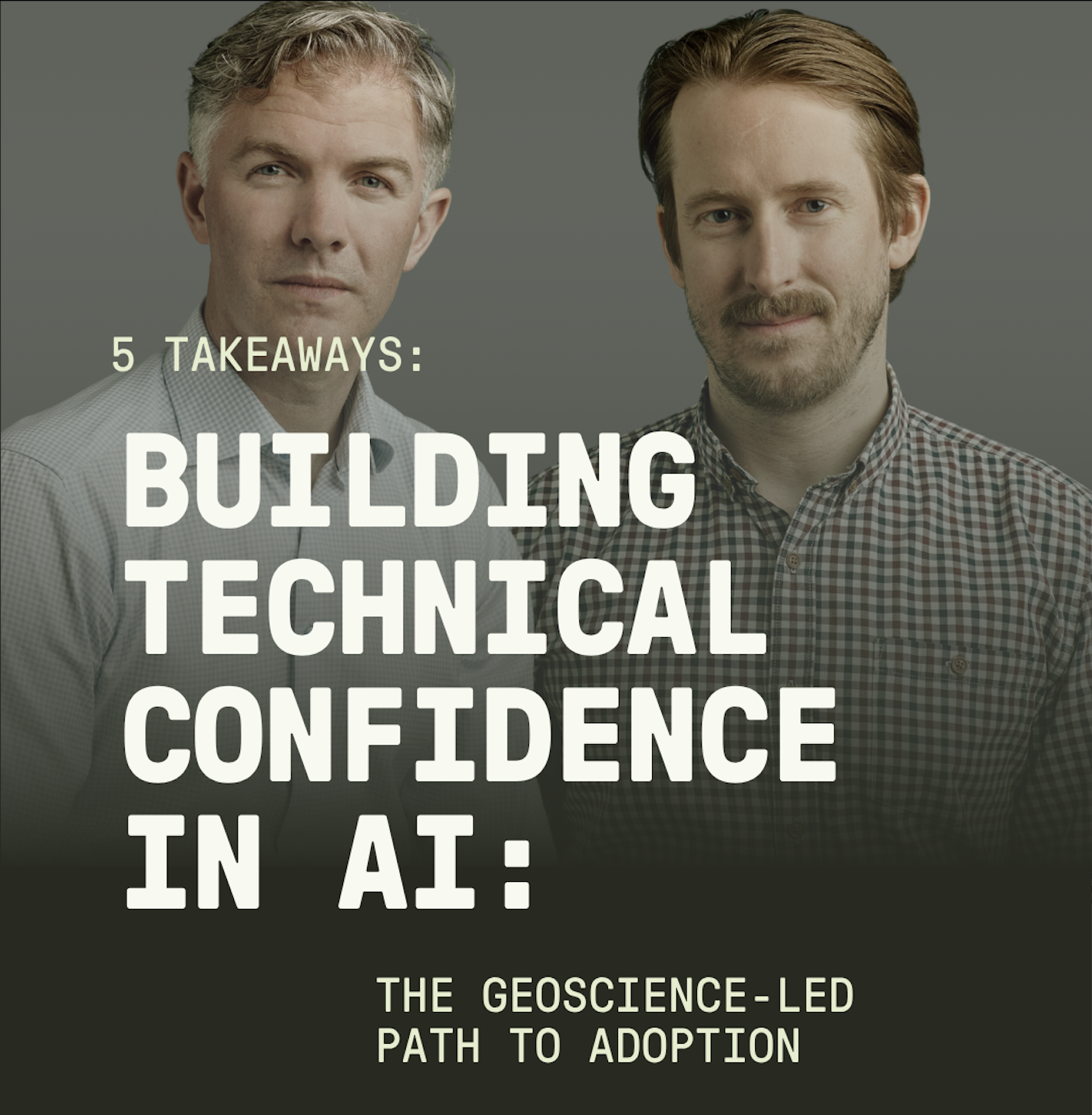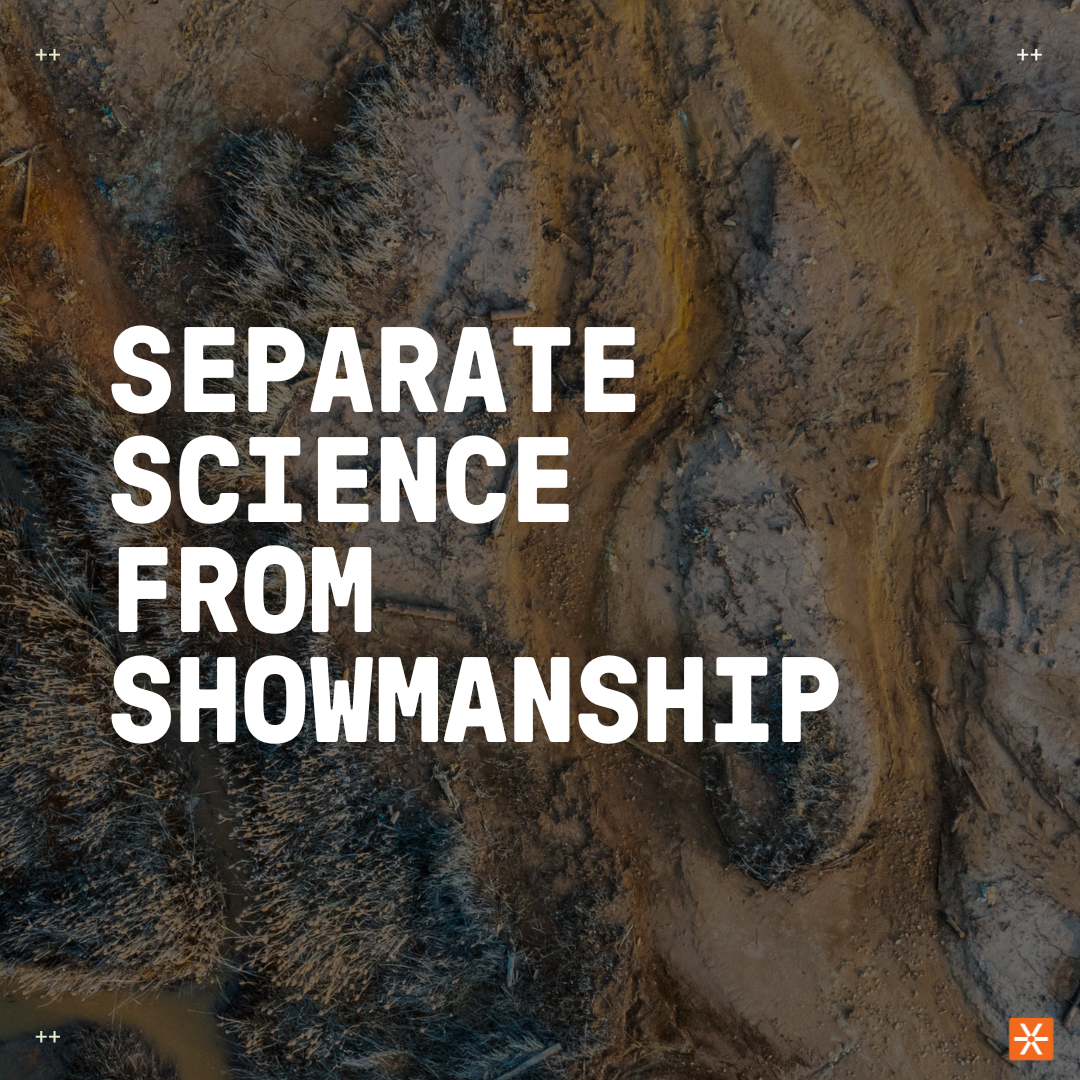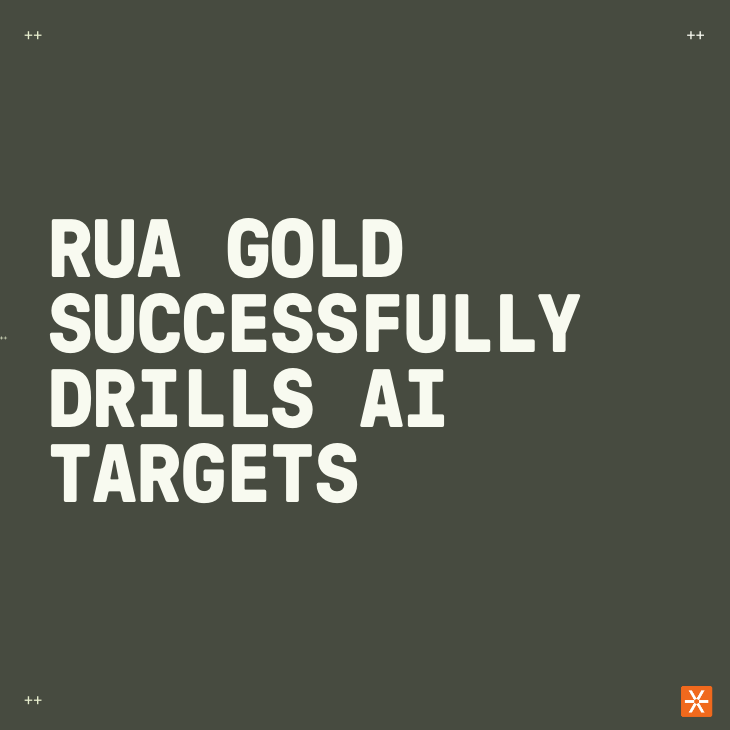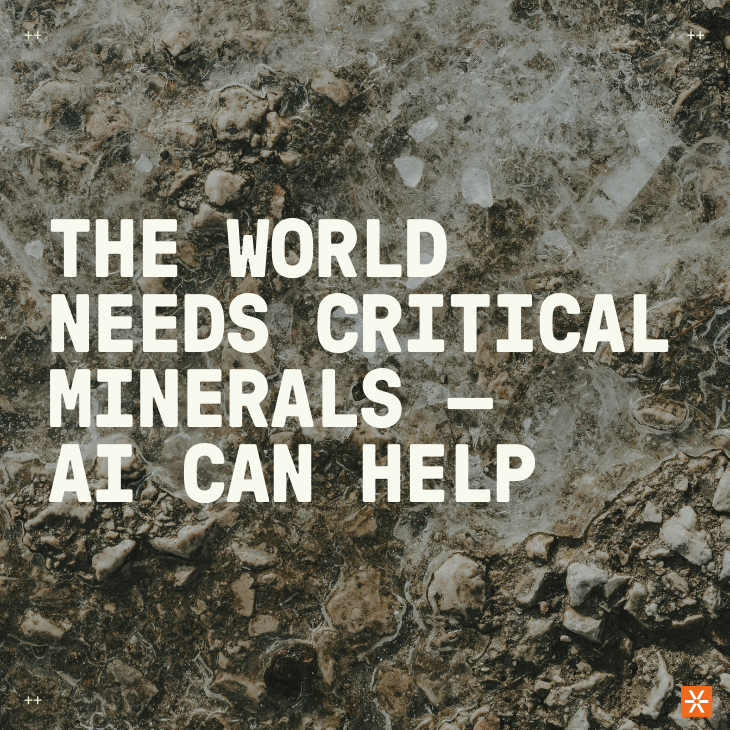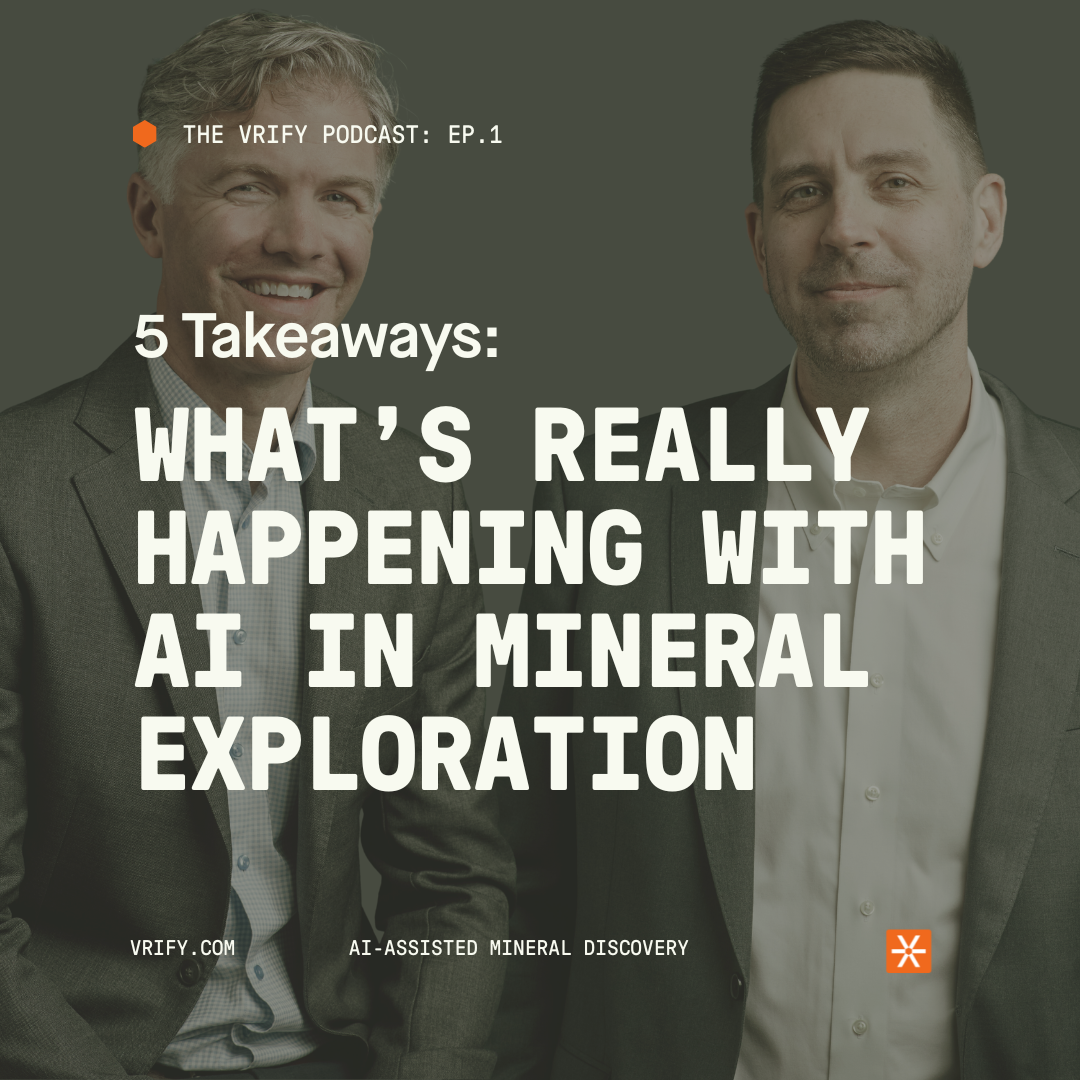“The Cuiu Cuiu project in the Tapajós region [of Brazil] offers a rare combination of geological potential, scale, and untapped upside that makes it extremely compelling,” says Alan Carter, CEO of Cabral Gold.
After more than three decades of discovery and development across South America, Alan has built a reputation as one of Brazil’s most accomplished exploration geologists. His decision to return to exploration is driven by opportunity and conviction: a belief that the Tapajós region still holds some of the largest undiscovered gold deposits in the world.
Under his leadership, Cabral Gold is advancing exploration at the Cuiu Cuiu project in the Tapajós region of northern Brazil. The district has already produced over 2 million ounces of placer gold from its streams, yet most of the primary hard-rock sources remain unexplored. With more than 50 targets identified and a growing resource base, Cabral is positioning itself to define a multi-deposit gold district with near-term production potential.
In our conversation, Alan shares what drew him back to hands-on exploration, how past discoveries continue to inform his strategy, and why he believes Cuiu Cuiu represents one of the most exciting opportunities in modern gold exploration.
5 Questions With an Exploration Leader: Alan Carter
1. You were instrumental in multiple major discoveries in the past and created significant value for yourself and others. Why did you decide to return to the field and take on the challenge of building Cabral?
Alan Carter (AC): Essentially, I recognized an opportunity that I could not ignore. The Cuiu Cuiu project offers a rare combination of geological potential, scale, and untapped upside that makes it extremely compelling. These include:
- The massive amount of placer gold recovered from the streams at Cuiu Cuiu (2 Moz), which made it the largest placer camp in the entire region. While we have found several gold deposits to date at Cuiu Cuiu, the primary sources for most of that placer gold remain undiscovered.
- The +100-ppb gold-in-soil anomaly at Cuiu Cuiu is seven kilometres long compared to just one kilometre at Tocantinzinho, which suggests the presence of a much larger mineralized system.
- Cuiu Cuiu comprises an entire district and clearly contains multiple gold deposits. We have already defined three gold deposits and made four new discoveries, yet most of the area remains unexplored. That suggests that Cuiu Cuiu will ultimately contain a number of gold deposits.
- There are over 50 targets at Cuiu Cuiu, many of them very high-grade. For example, in a year or so we have drilled some excellent holes at Machichie NE, including 11 metres @ 33 g/t and 12 metres @ 27.7 g/t gold. There are also unexplained boulder fields within our property where the surface boulders, for example, average 91 g/t (Alonso) and 74 g/t gold (Tracaja.)
2. Your project is less than 25 kilometres from a large producing mine operated by GMining. How does that proximity influence your strategy and your expectations for discovery potential?
AC: The proximity of our project to the Tocantinzinho mine is certainly encouraging, but does not influence our strategy of creating shareholder value in Cabral. Being just 25 kilometre from an operating gold mine confirms we are in the right neighbourhood geologically, but the real opportunity at Cuiu Cuiu is uncovering the full scale of a much larger and growing gold district.
Unlike Tocantinzinho, which is a single deposit, the Cuiu Cuiu project is a true district containing multiple deposits. I think based on my rationale above, it’s fair to say we have an expectation of defining a very large, mineralized district at Cuiu Cuiu.
3. The Tocantinzinho region has a long history of artisanal placer gold recovery. Why has this area not been explored and worked more by larger operators?
AC: During the gold rush period of the 1980s, the Tapajós region was inundated by garimpeiro placer miners who recovered gold from streams at over 100 places in the Tapajós. The Mining Agency of Brazil estimates that there was at least 30 Moz of gold recovered during this period and the primary hard-rock sources of almost all of that gold have not yet been identified. For many years, limited infrastructure and difficult access kept larger mining companies away. However, that dynamic is changing quickly. The region now has far better access and services, and major operators like Anglo American and Nexa are moving in and securing ground.
4. Can you walk us through the story of one of your most exciting exploration experiences? How have the learnings from this experience helped shape your current operations?
AC: I think the Tocantinzinho discovery in the Tapajós region of Brazil is a good example. Myself and Dennis Moore recognized the potential of the Tapajós region very early on. At the time, there were only a couple of small, narrow, underground mines operating in the Tapajós (that are still operating today), but what drew both of us to the region was that almost all of the historic placer gold camps were unexplained. The placer gold that had been recovered from the streams had no known primary hard-rock source. That mystery is what drew us in.
We set out to find the origins of that placer gold, believing that if so much gold had been recovered from the rivers, there had to be a significant primary deposit nearby. Through systematic exploration we eventually identified what became the Tocantinzinho deposit, now a major gold mine.
That experience reinforced a few key lessons that guide our work today at Cuiu Cuiu: Stay focused on the geological fundamentals, be patient, and follow the data even when it leads you off the beaten path. It also proved that the Tapajós can deliver large, high-quality gold deposits when explored properly, a belief that continues to drive everything we’re doing at Cabral.
5. What do you see as Cabral’s biggest competitive advantage in advancing this project compared to other exploration opportunities?
AC:
There are a few things to highlight when it comes to our competitive advantage in Brazil:
- First mover advantage: As outlined above, we recognized the potential of the Tapajós for major primary gold deposits long before most other companies
- Our people: As CEO I have personally invested C$2M into the company and other members of the management team have invested significant amounts, so we are aligned with shareholders. We have also been directly responsible for the grassroots discovery of five gold deposits in northern Brazil, three of which are currently in production
- Existing resource base consisting of indicated and inferred resources of 1.2 Moz — that estimate is now over 3 years out of date and we have completed 20,000 metres of drilling since then and made 4 new discoveries. We believe that the resource base will grow significantly in the near term with further exploration
- District-scale project: The Cuiu Cuiu project is enormous and contains over 50 targets outside the known deposits and the new discoveries. Some of the results from these targets, all of which need more work, include 27 metres @ 6.9 g/t gold
- Near-term production: We are aiming to make a construction decision on our starter heap leach project within the next couple of months and should be in production during Q4 2026. The starter operation is designed to process the near-surface oxide material at Cuiu Cuiu. At a gold price of US$3500 per oz, this starter operation has a post-tax net present value (NPV) of US$150M and a post-tax internal rate of return (IRR) of 151%, with a payback of just six months. The capital cost is US$37.7M and all-in sustaining costs are US$1210 per oz
<hr />
Alan’s insights highlight a rare blend of geological intuition and entrepreneurial conviction. His deep roots in Brazilian exploration and unwavering focus on discovery fundamentals have positioned Cabral Gold to capitalize on one of the most exciting gold districts in South America.
As Cabral advances toward a construction decision on its starter heap leach project and continues to expand its exploration footprint across more than 50 targets, the company’s trajectory reflects a disciplined yet ambitious approach, anchored in experience and guided by opportunity.
For Alan, exploration remains as much an art as a science: following the data, trusting the ground, and keeping an open mind to what still lies hidden beneath the surface. It is this spirit of curiosity and conviction that continues to drive both Cabral Gold and the next chapter of exploration in Brazil’s Tapajós region.
"My experience with the VRIFY Platform has been excellent. It’s intuitive, reliable, and has greatly enhanced the way Cabral Gold presents and manages our exploration data. I especially value how it allows us to showcase the enormous potential of the Cuiú Cuiú district in 3D, helping investors and partners clearly see the scale and opportunity of our project."
Alan Carter, CEO of Cabral Gold
<hr />
To learn more about how VRIFY is supporting mineral exploration processes, book a demo.

.png)
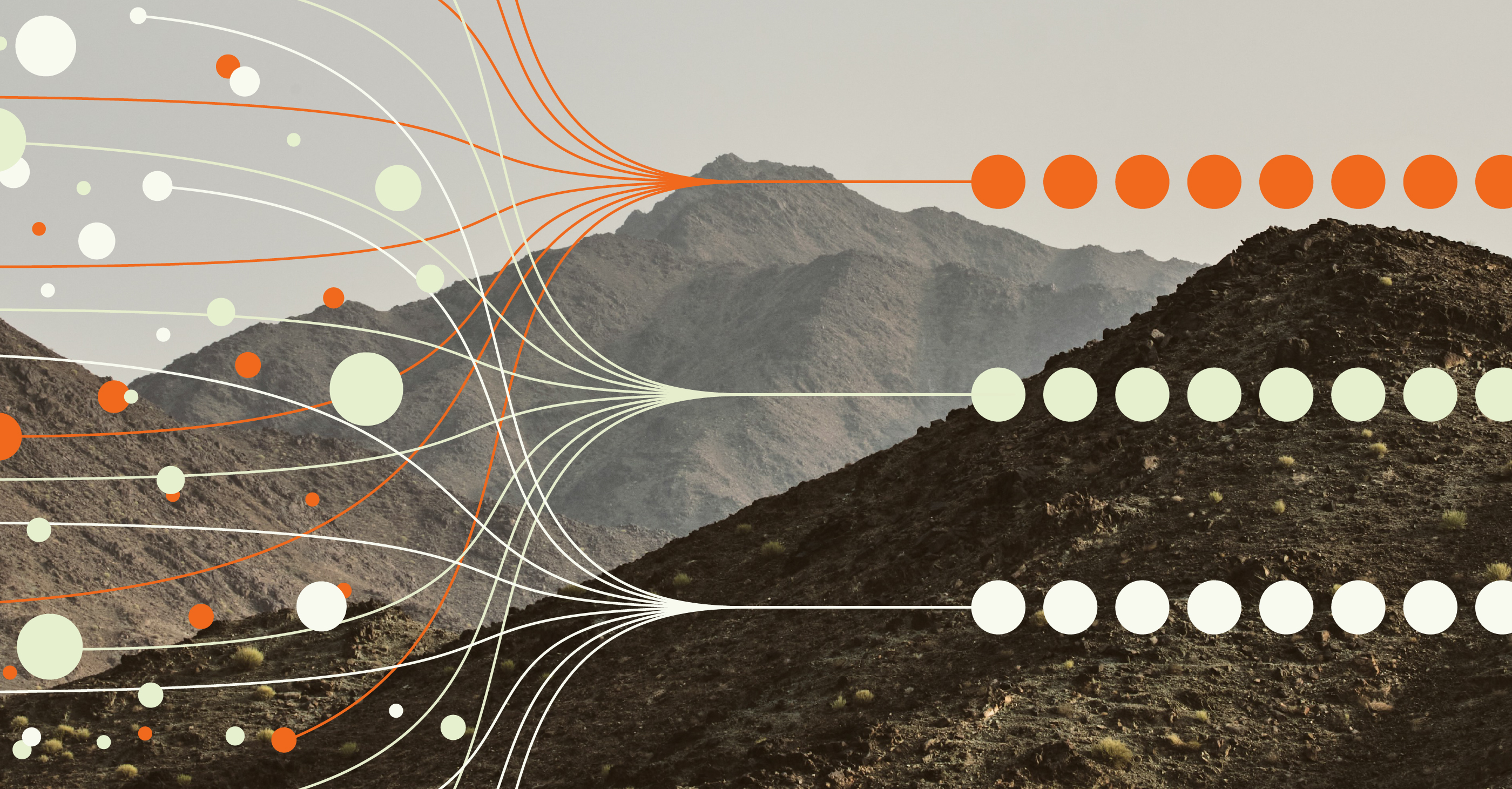
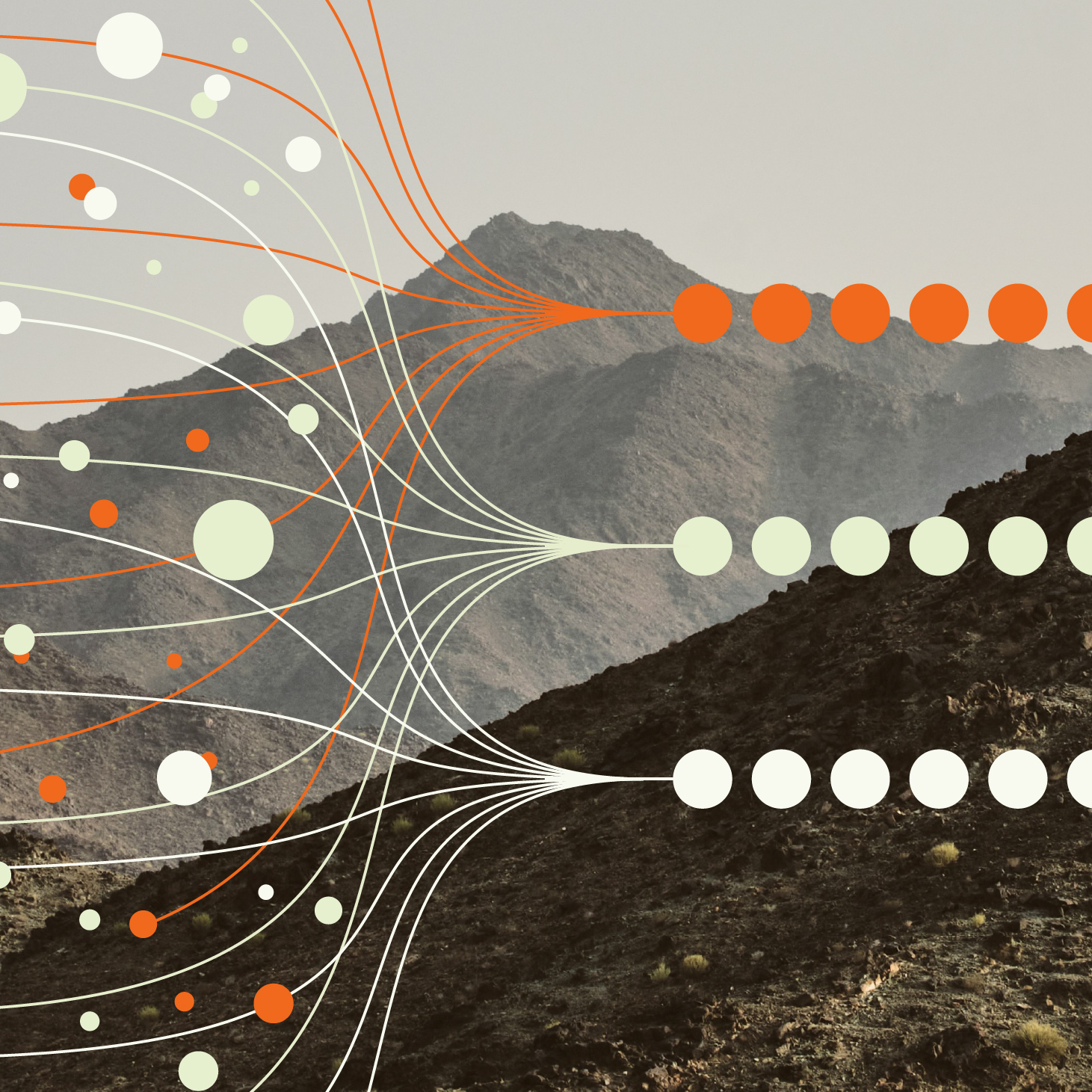
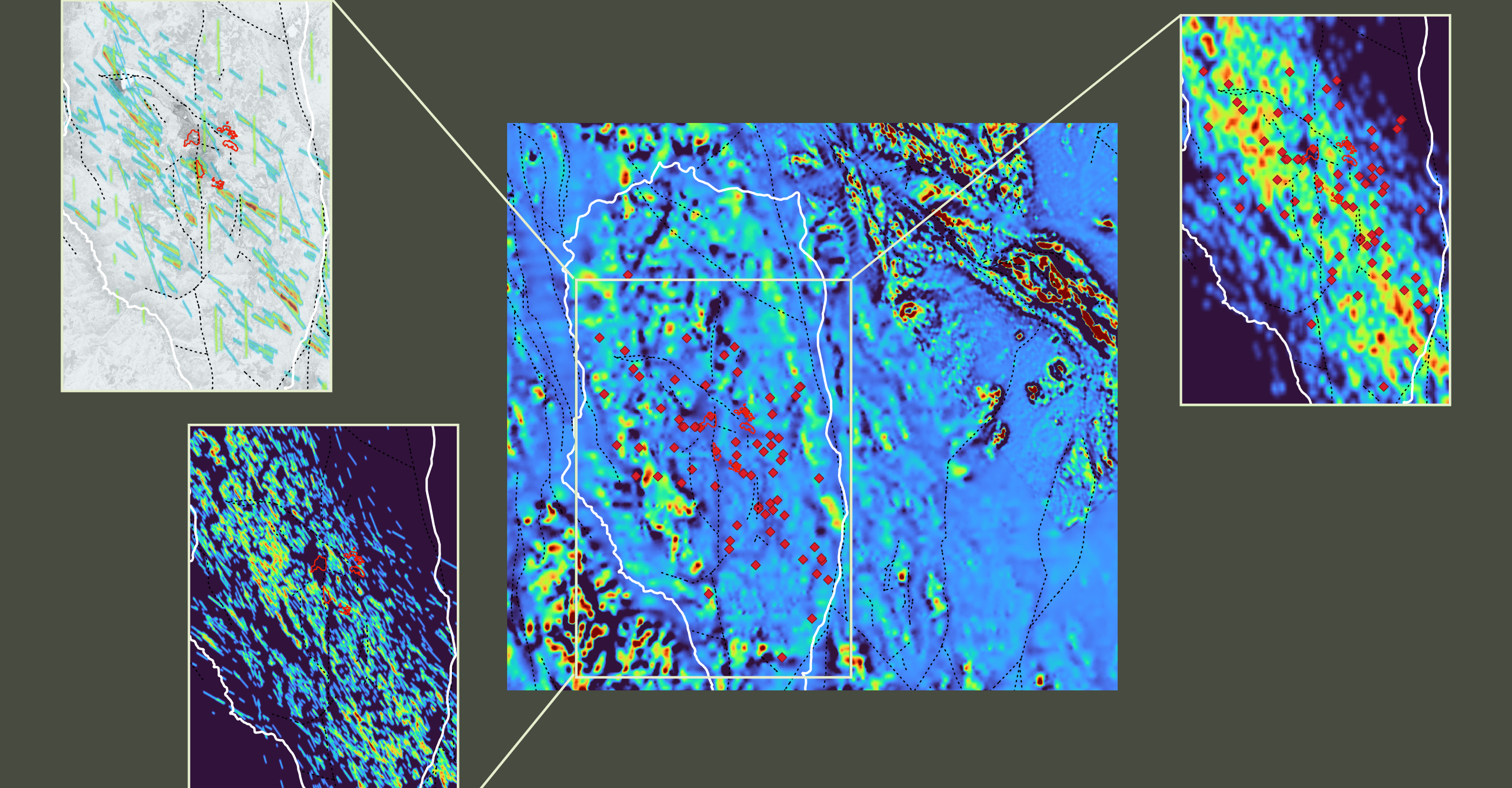
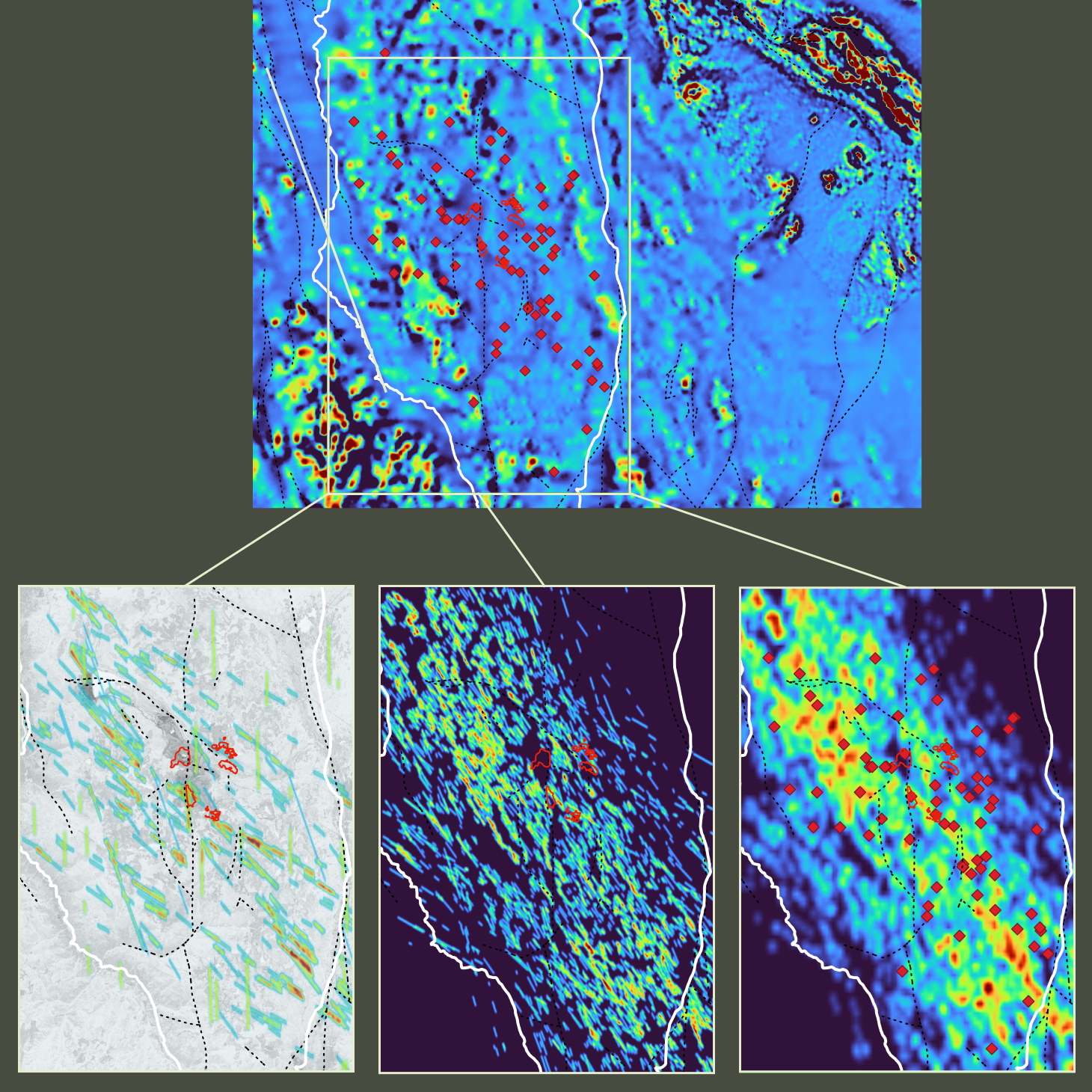





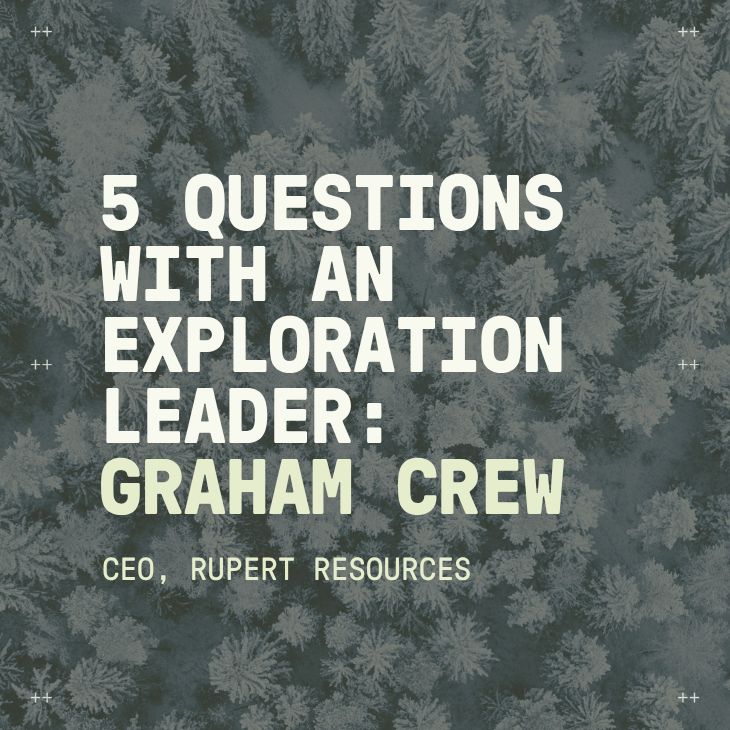
.png)
